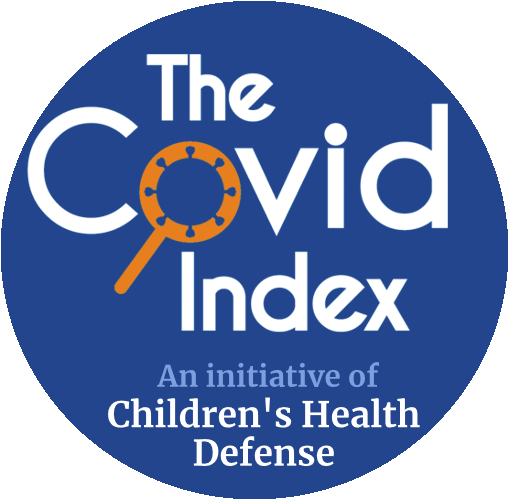"Methods
The Retraction Watch Database COVID-19 blog was accessed in June and then November of 2022... 90 articles met inclusion criteria and were analyzed...
Discussion
... As of November 2020, the retraction rate for COVID-19 related papers was five times higher than that of general life science literature. Clear instances of intentional malpractice and fraudulent publications have been identified in some of the world’s most noteworthy journals... Further analysis of the retracted articles reveals that these papers tended to have a disproportionately high impact. On average, a retracted COVID-19 publication had tenfold the number of citations compared to other articles in the journals in which they were published, many of which were presumably also related to the pandemic...
It is well known that the number of citations per published article is used to quantify the prestige of scientific journals. This also applies to individual authors; citation counts are used to calculate metrics such as the H-index that evaluate the impact and quality of a scholar’s research. H-index in particular has been shown to be susceptible to falsified elevation via retracted articles, however it has also been identified as a measure that could be used for tenure. With so much at stake, it is easy to see the possible conscious or unconscious motive behind research practices that maximize the attention they garner from the scientific community.
In only 71 cases was it possible to discern which party requested the retraction. Far fewer had clear explanations for why articles were retracted. In our analysis, 32% of retracted articles did not meet the COPE [Committee on Publication Ethics] guidelines for retraction statements. This is because either the retracting party or retraction reason was not included within the retraction notice. Obscuring the reason for retraction obfuscates the bravery and integrity needed to willingly retract one’s own work. Additionally, it prevents researchers who have cited works that have since been retracted from evaluating the legitimacy of their own claims... Retractions could be a tool used to add to the scientific discourse, but as it stands, we are only getting half the data, the what and not the why."
© Akadémiai Kiadó, Budapest, Hungary 2023, Springer Nature or its licensor (e.g. a society or other partner) holds exclusive rights to this article under a publishing agreement with the author(s) or other rightsholder(s); author self-archiving of the accepted manuscript version of this article is solely governed by the terms of such publishing agreement and applicable law.
This article is made available via the PMC Open Access Subset for unrestricted research re-use and secondary analysis in any form or by any means with acknowledgement of the original source. These permissions are granted for the duration of the World Health Organization (WHO) declaration of COVID-19 as a global pandemic.
